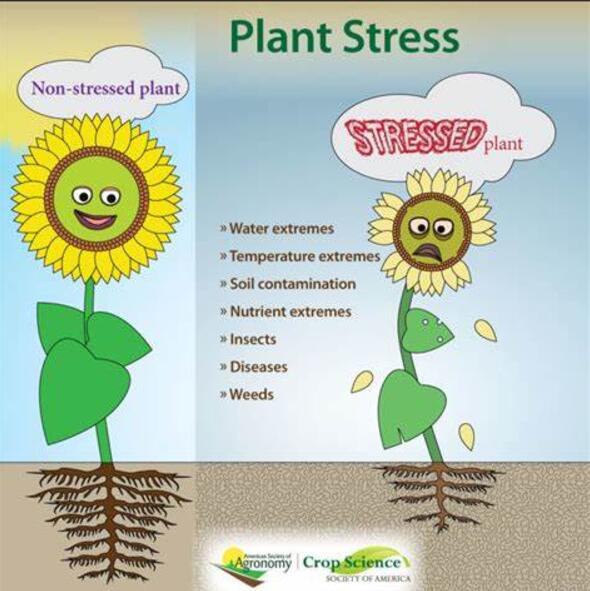Identification of biological rhythms related GIGANTEA genes in tomato and functional analysis under heat stress
IF 6.8
Q1 PLANT SCIENCES
引用次数: 0
Abstract
GIGANTEA (GI) is a protein that regulates circadian rhythms and is essential for various physiological processes that influence abiotic stress resistance in plants. However, when tomatoes were exposed to high temperatures, their biological rhythms were disrupted. We identified and characterized two GI genes in the complete tomato genome, located on chromosomes 4 (SlGI.04) and 12 (SlGI.12), and examined the protein characteristics, gene structure, phylogenetic relationships, and homology. Promoters of SlGI.04 and SlGI.12 contained many cis-regulatory elements associated with growth, hormone responses, and abiotic stress, and the expression patterns of SlGIs exhibited circadian rhythms, responded to heat stress, and showed organ specificity. Subcellular localization confirmed that SlGI.04 and SlGI.12 resided in the nucleus, and analysis of potential interacting proteins indicated their involvement in stress responses and developmental processes. Silencing SlGI.04 and SlGI.12 impaired heat stress resistance in tomato, leading to severe damage in silenced seedlings. Under heat stress, silenced plants were more sensitive to heat stress treatment than pTRV2 plants. pTRV2-SlGI.04 and pTRV2-SlGI.12 plants exhibited significantly reduced levels of soluble sugars, soluble proteins, and proline, impaired antioxidant ability, and significant down-regulation of heat stress-related gene expression compared with those of pTRV2 plants. These results indicated that GI genes play an active role in tomato responses to abiotic stress and that SlGIs might mediate responses to high-temperature stress by regulating genes associated with antioxidant enzymes or heat-related processes in tomato. These findings provide a foundation for further research into its functional role and potential molecular mechanisms of heat tolerance in tomato.
求助全文
约1分钟内获得全文
求助全文
来源期刊

Plant Stress
PLANT SCIENCES-
CiteScore
5.20
自引率
8.00%
发文量
76
审稿时长
63 days
期刊介绍:
The journal Plant Stress deals with plant (or other photoautotrophs, such as algae, cyanobacteria and lichens) responses to abiotic and biotic stress factors that can result in limited growth and productivity. Such responses can be analyzed and described at a physiological, biochemical and molecular level. Experimental approaches/technologies aiming to improve growth and productivity with a potential for downstream validation under stress conditions will also be considered. Both fundamental and applied research manuscripts are welcome, provided that clear mechanistic hypotheses are made and descriptive approaches are avoided. In addition, high-quality review articles will also be considered, provided they follow a critical approach and stimulate thought for future research avenues.
Plant Stress welcomes high-quality manuscripts related (but not limited) to interactions between plants and:
Lack of water (drought) and excess (flooding),
Salinity stress,
Elevated temperature and/or low temperature (chilling and freezing),
Hypoxia and/or anoxia,
Mineral nutrient excess and/or deficiency,
Heavy metals and/or metalloids,
Plant priming (chemical, biological, physiological, nanomaterial, biostimulant) approaches for improved stress protection,
Viral, phytoplasma, bacterial and fungal plant-pathogen interactions.
The journal welcomes basic and applied research articles, as well as review articles and short communications. All submitted manuscripts will be subject to a thorough peer-reviewing process.
 求助内容:
求助内容: 应助结果提醒方式:
应助结果提醒方式:


